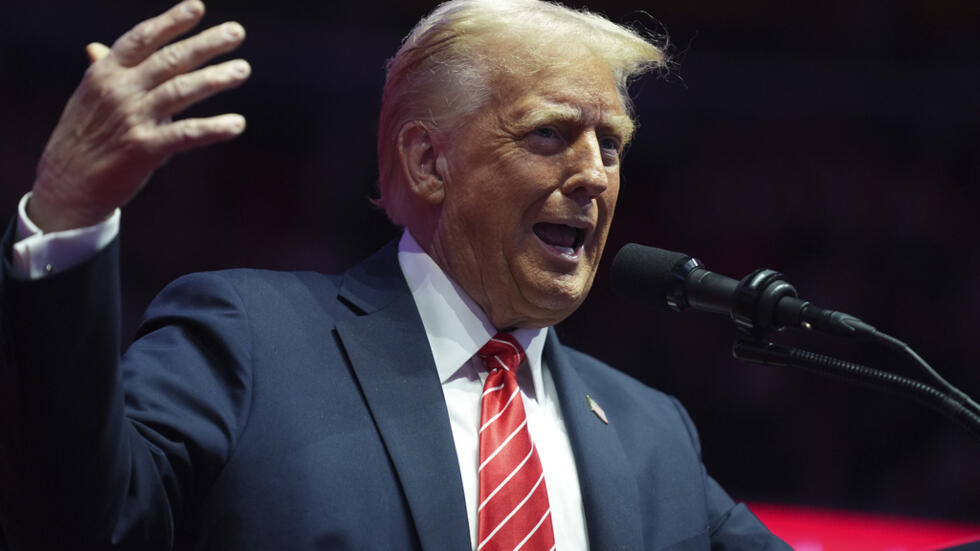In a move aimed at overhauling federal operations, President Donald Trump has signed an executive order establishing the Department of Government Efficiency (DOGE). This initiative seeks to modernize federal technology and reduce bureaucratic inefficiencies.
Creation and Objectives of DOGE
The executive order, issued on January 20, 2025, reconstitutes the former U.S. Digital Service into the U.S. Department of Government Efficiency Service (DOGE). The primary goal of DOGE is to implement the President’s agenda by modernizing federal technology and software to maximize governmental efficiency and productivity.
Elon Musk’s Involvement
President Trump has appointed tech entrepreneur Elon Musk to lead DOGE’s efforts. Musk’s mandate includes cutting government waste and slashing federal regulations. Under his leadership, DOGE has initiated significant changes, such as the closure of certain federal agencies and the implementation of advanced technological solutions to streamline government operations.
Legal and Public Reactions
The establishment of DOGE and its subsequent actions have sparked legal debates and public discourse. Critics question the legality of certain measures, including the closure of agencies without legislative approval and potential violations of federal laws. Public protests and legal challenges have emerged in response to DOGE’s aggressive approach to restructuring government functions.
The creation of DOGE represents a significant shift in the federal government’s approach to efficiency and modernization. While the initiative aims to reduce waste and enhance productivity, it also raises important questions about the balance of power, legal authority, and the future of federal operations. As DOGE continues to implement its agenda, its actions will likely remain a focal point of national attention and debate.





